Social Permaculture, Landscaping the City
The concept of permaculture was defined in 1978 by Bill Mollison and David Holmgren. Its origin is linked to the contraction of the words Permanent (in the sense of sustainable) and Agriculture. Permaculture landscaping is conceived as a discipline aiming to design sustainable environments in all its dimensions: social, economic and environmental.
To this end, permaculture landscaping designs are framed in three ethical principles: caring for the earth: preserving the soil, forests and water as necessary for the development of all living beings. Caring for people: which implies satisfying basic human needs. Distributing the surpluses: inviting the surplus to be reinvested in the system so there is no waste and, it is shared.
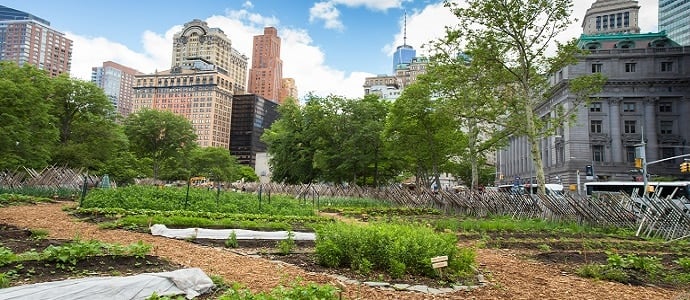
This are some general guidelines on the complexity of developing sustainable permaculture landscapes for human environments in urban settlements:
Observe and interact: take nature as a reference, a large complex system of interrelationships, to create beneficial, integrated systems.
Capture and store resources: given the current use of non-renewable sources, it is ideal to develop smart and sustainable ways to generate and store resources that enable future generations to develop.
Get a return: Fruits must be generated by the engineered systems that guarantee survival without mortgaging the future.
Apply self-regulation and accept feedback: just as feedback works in nature, so it is possible to design self-regulated systems and ecosystems.
Use and value green services and resources: Making the best use of natural and renewable abundance possible.
Stop waste generation: and appropriately integrate every available resource within natural cycles.
Develop patterns to details: it is possible to detect general patterns or motifs that can then be used as the backbone of our designs and implemented in the details.
Use slow and small solutions: it is easier to maintain slow and small systems than large and fast ones, make better use of local resources and yield lasting results.
Permaculture landscaping is now being recover as another strategy for moving towards more livable cities with lower social and environmental costs.
As early as 1992, at the UN Conference on Environment and Development in Rio de Janeiro: “The global sustainability battle will be won or lost in the cities.”
Now, permaculture landscaping adds to the concrete urban planning proposals for the creation of ecologically viable systems. They produce what is necessary to meet their own needs and those of the environment, and are sustainable in the long run.
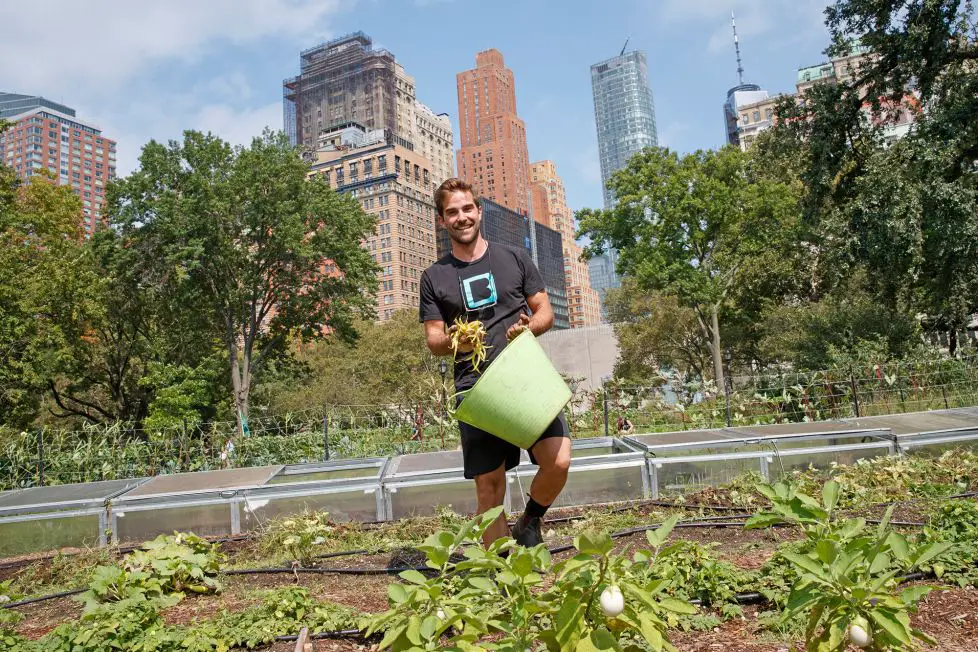
That is an ambitious challenge. Cities require a large number of inputs (energy, water, food, etc.) and also produce large quantities of waste (water, air pollution, garbage, etc.) The proposals are therefore diverse and range from local actions and specific to more extensive urban designs.
- In the field of consumption and food, various cities are putting forward proposals, primarily aimed at prioritizing local and seasonal products or avoiding overpackaged products. Thus, there are numerous towns that have seen ecological gardens reappearing in their streets in recent years. And organic farming initiatives of increasing impact, as in Kathmandu City.
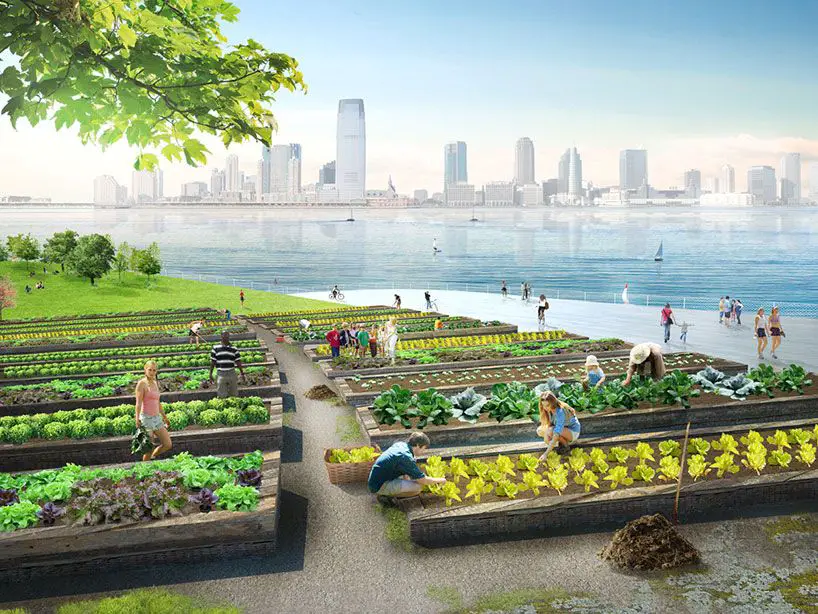
- Another great challenge for the big cities is sustainable mobility. An example of this is the increasing use of bicycles in urban centers such as the recent Pikala Bikes project in the heart of Marrakech City. Pedestrianization of central areas of big cities or ambitious environmental bets such as Hamburg’s, which announced its decision to suppress car traffic within 20 years.
- The use of renewable energies is another focus dimension of creative programs for many cities. For example, in Holland, ReGen Villages is being prepared, the first city to build clean energy and self-sufficiency to combat climate change. Or the “perma-cultural streets” proposed by the Anglo-Australian permaculture Geoff Lawton, which would be those conceived with a system of water redirection to green areas, with fruit trees or edible plants. With composting places and waste depositing, recycling or re-use for citizens.
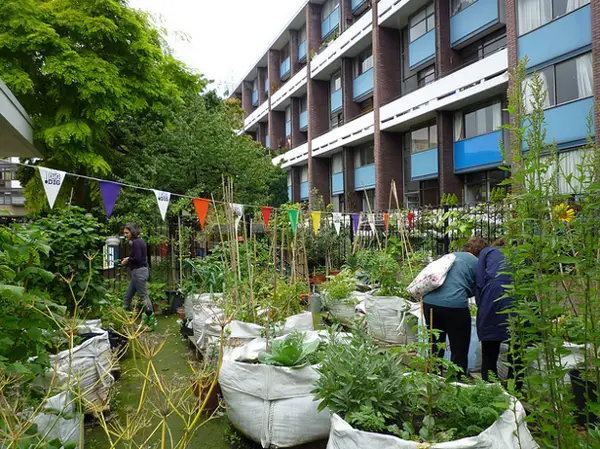
- As far as waste management is concerned, the current urban initiatives focus on recycling and reuse. Paris, for example, plans to build 100 hectares of gardens throughout the city by end of 2020, utilizing walls, facades and roofs. And it encourages the entire population to practice gardening under a number of conditions: to use organic practices, to avoid the use of toxic pesticides and to encourage biodiversity in the region.
The world’s main cities consume between 60 and 80 percent of electricity. Being responsible for 75 percent of carbon emissions, their patterns of industrial growth and consumption conflict with the limits of scarce natural resources.
In 2050 70 percent of human beings will inhabit urban centers, according to the United Nations, so making a city should be more oriented than ever towards establishing processes that make sustainable urban development possible.
Permaculture landscaping is about how to build sustainable settlements. It is a way of using land that incorporates microclimates, annual and seasonal plants, livestock, soils, water use and human needs, to create efficient and integrated communities.
And in architecture and urban design, permaculture can engage in perfect symbiosis to provide responses in urban centers to the needs of water, food, housing, energy, or society in a robust, sustainable manner. The satisfaction of basic human needs as a priority. Not only the plants are irrigated, but also the people, the neighborhoods and the cultures.
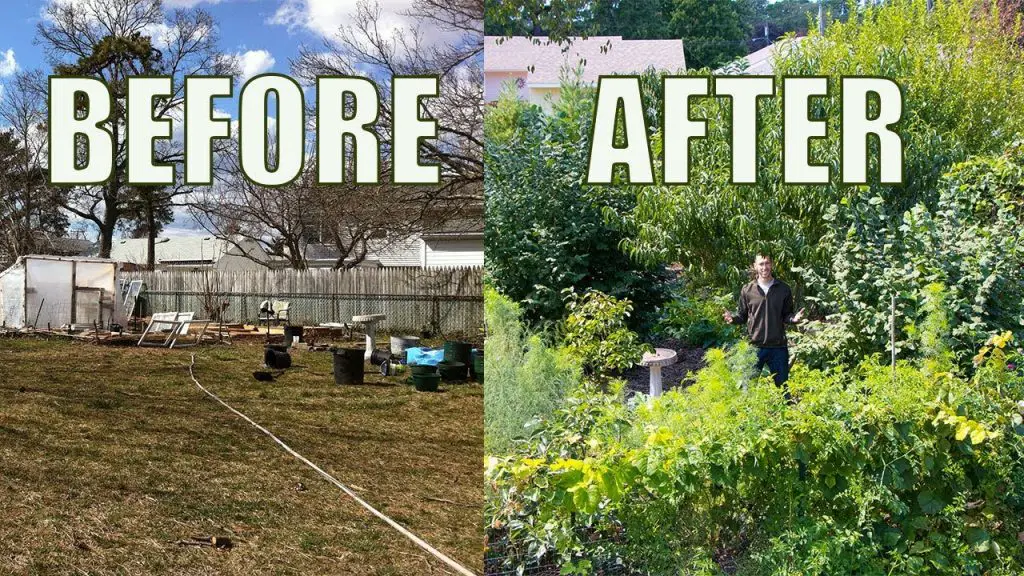
See more about permaculture and off-the grid living.